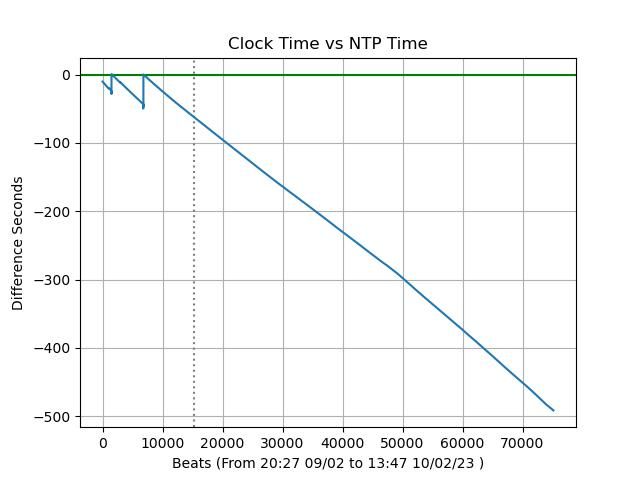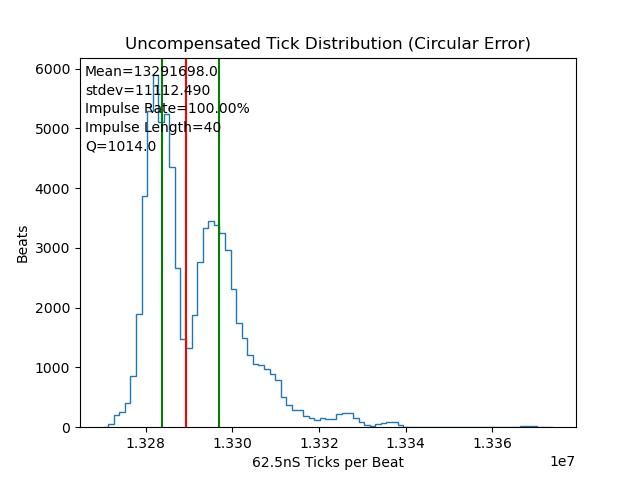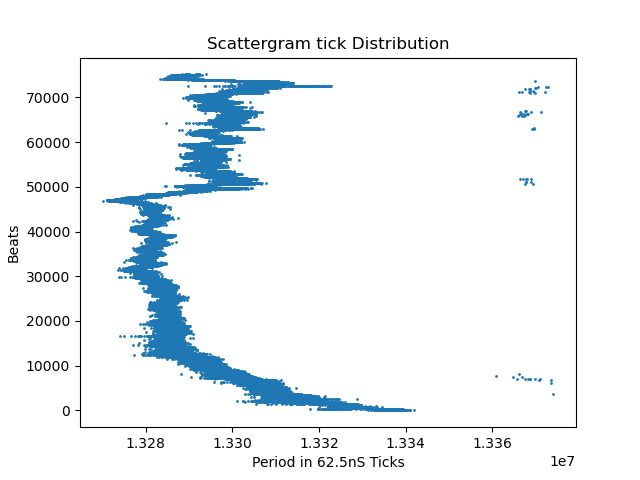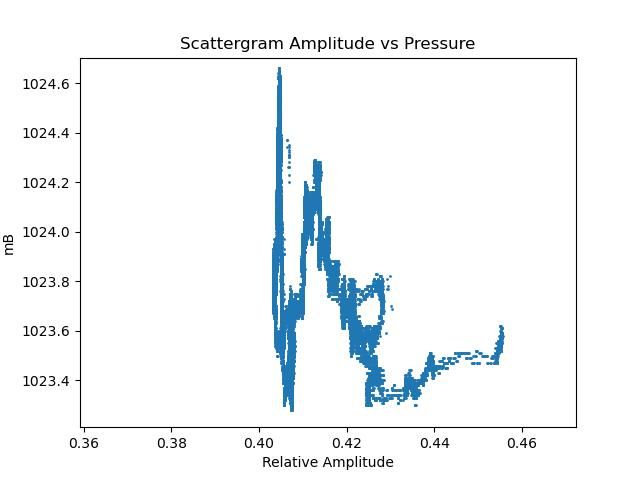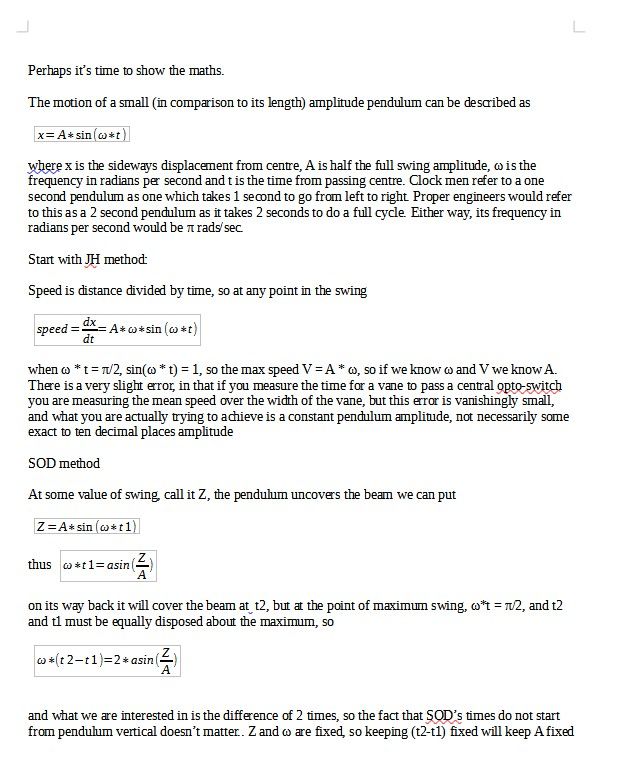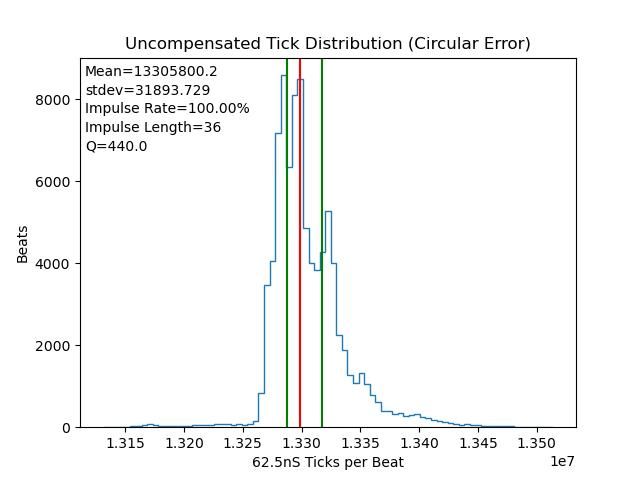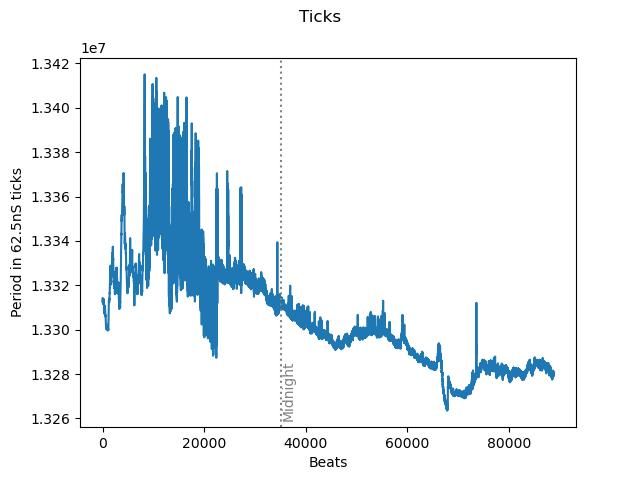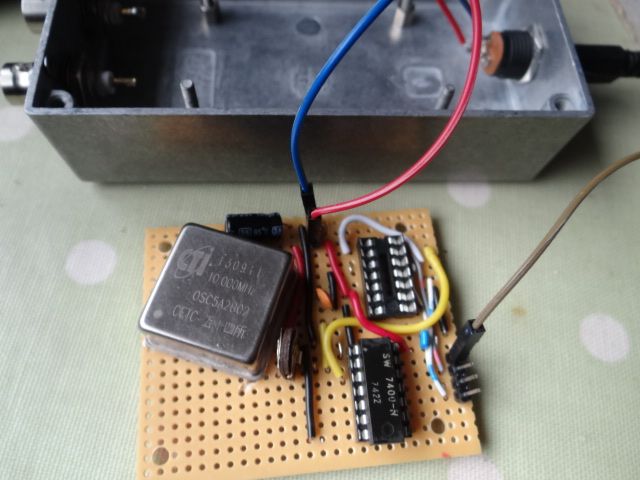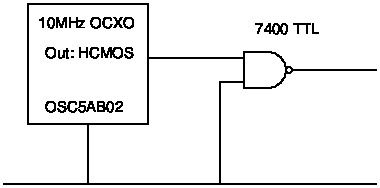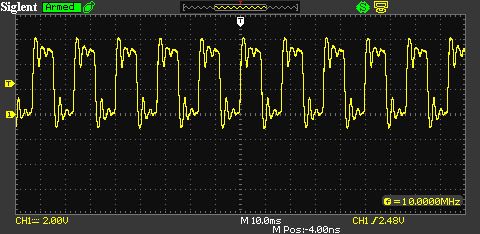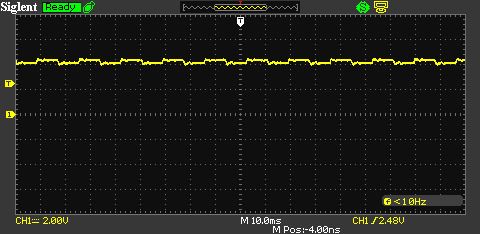Experimental Pendulum Clock
Experimental Pendulum Clock
- This topic has 561 replies, 22 voices, and was last updated 27 February 2023 at 22:17 by
duncan webster 1.
- Please log in to reply to this topic. Registering is free and easy using the links on the menu at the top of this page.
Latest Replies
Viewing 25 topics - 1 through 25 (of 25 total)
-
- Topic
- Voices
- Last Post
Viewing 25 topics - 1 through 25 (of 25 total)
Latest Issue
Newsletter Sign-up
Latest Replies
- How to wire up 3 phase motor and 3 phase converter?
- Tangential tooling
- Elliott Omnimill Quill Clamp
- Machinery Handbook
- Which lathes have drawbars in the headstock?
- Flexispeed Meteor 2
- Stripped aluminum threads. Now what?
- Damp proofing concrete floors
- gear cutting with the shaper
- Powered hacksaw – blade lift for the return stroke


